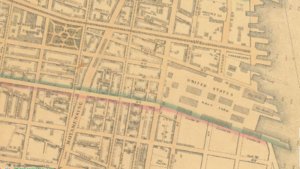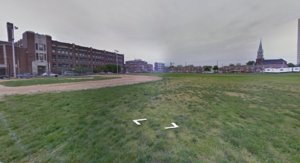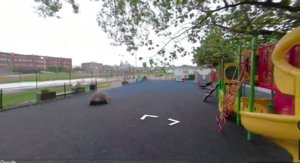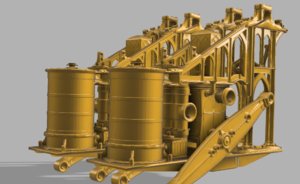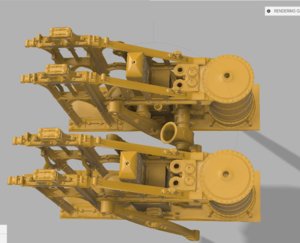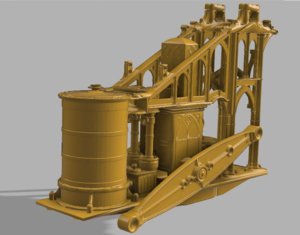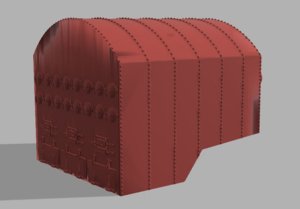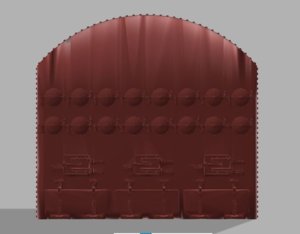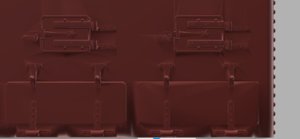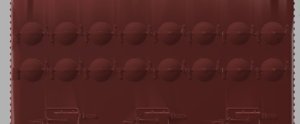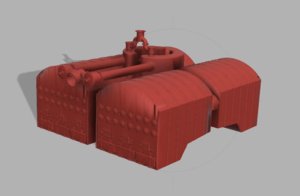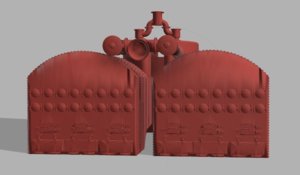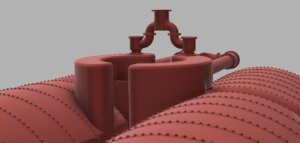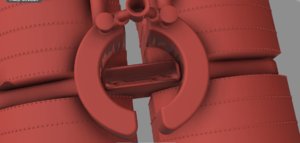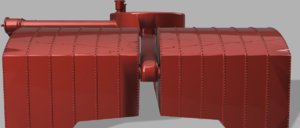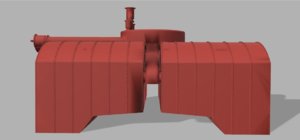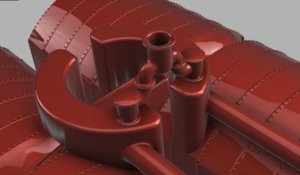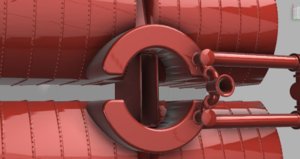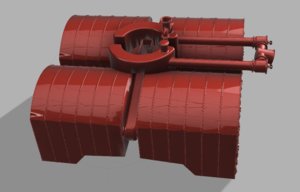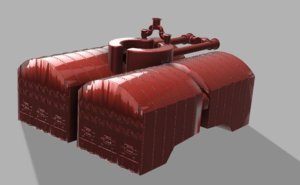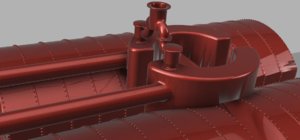- Joined
- Dec 1, 2016
- Messages
- 6,365
- Points
- 728

 |
As a way to introduce our brass coins to the community, we will raffle off a free coin during the month of August. Follow link ABOVE for instructions for entering. |
 |
 |
The beloved Ships in Scale Magazine is back and charting a new course for 2026! Discover new skills, new techniques, and new inspirations in every issue. NOTE THAT OUR FIRST ISSUE WILL BE JAN/FEB 2026 |
 |


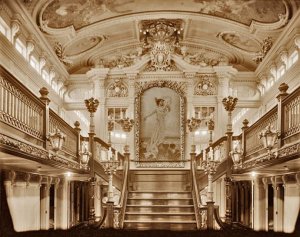
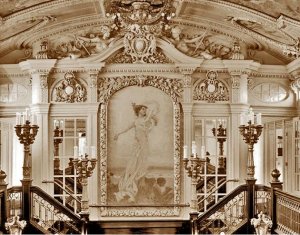
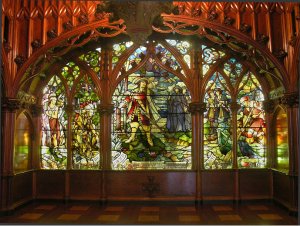

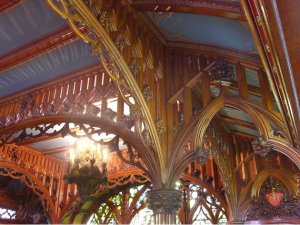
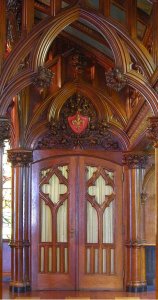


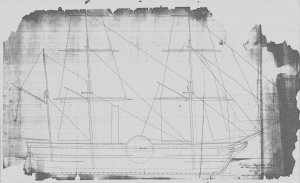


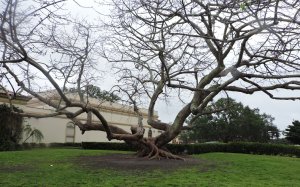
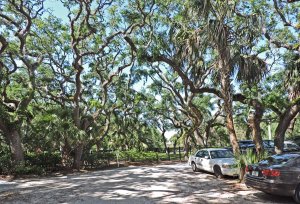
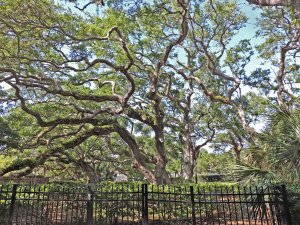






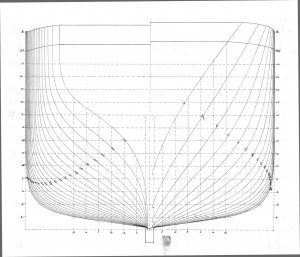
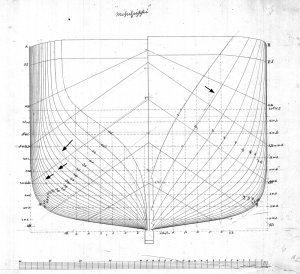
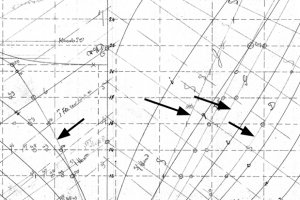
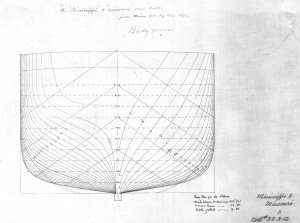

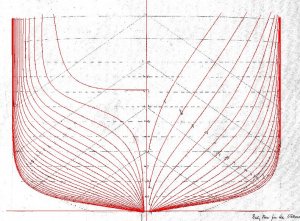
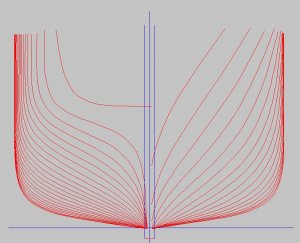


Dave is this to be a kit, and are X Sections to be done in more then one location, I do not understand the 80 in and 7 feet for a model. Don PS AS ALWAYS GREAT INFORMATION FROM YOU continue it. Don
I will take the project to a point of a kit but it is up in the air if I will actually produce one. the 80 inches or 7 foot model is what I am personally building. Once the model has been drawn in CAD it can be printed at any scale. so say you wanted to build a model at 1:48 or 1:96 scale plans can be printed out.
As far as X sections go you as a builder can select any X section along the hull you want. The cabin at the stern was paneled in Mahogany so if you just want to do the cabin or maybe you just want to do the 100lb cannon at the bow or just a gun station along the side.
The idea here is to provide all the information from stem to stern and you as a model builder can select any section or part to model in any scale.

